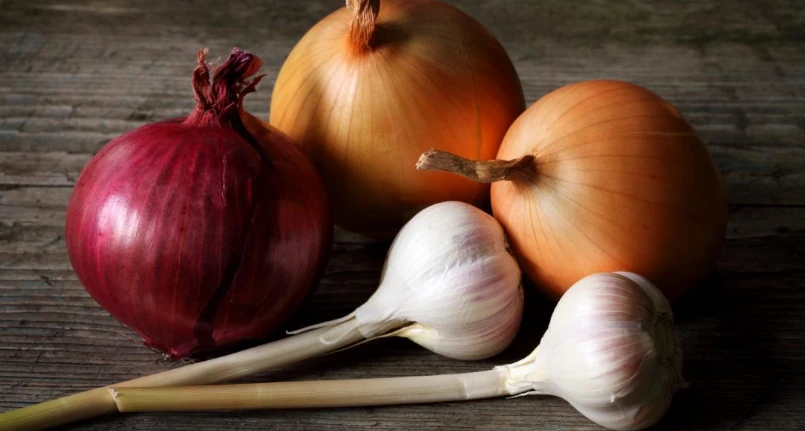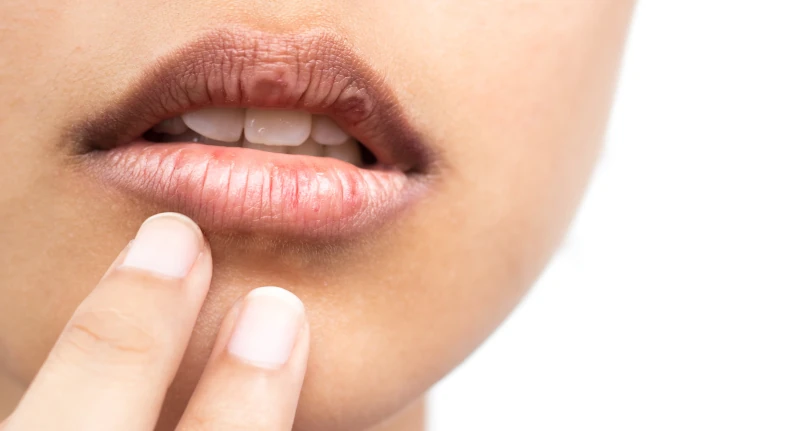Botulinum toxin and botulism
Botulinum toxin ( Clostridium botulinum ) is an anaerobic bacterium that can contaminate foods making them particularly dangerous for human health.
The ingestion of these foods causes severe intoxication, known as botulism and characterized by a specific clinical picture. After an incubation period (12-48 hours up to 8 days in exceptional cases) symptoms such as nausea , vomiting , diarrhea and severe muscle pain appear ; important neurological problems follow, dry mouth and respiratory tract, visual alterations, phonation and swallowing disorders .
The rapid aggravation of the already precarious general conditions can lead to death from respiratory paralysis and consequent asphyxiation .
Learn more about Botulism
Although the disease is not contagious , a single gram of toxins can kill ten million people, while two hundred times more would be enough to wipe out all of humanity.
Botox in Food
The term botulism was coined way back in 1897 by the doctor E. van Ermengen, who noticed a direct association between the onset of various epidemics and theconsumption of sausages (Butulus in Latin).
Today as then, the exotoxins produced by this bacterium can be found in various foods and in particular in canned meat and fish , cured meats , preserves and vegetables preserved in oil . The chances of contamination are higher for homemade food products, as correct hygienic-sanitary behaviors are not always adopted during their preparation.
The presence of botulism in the food is often announced by the swelling of the lid; sometimes there are also alterations ( rancidity , appearance of molds , softening), but the extreme danger of the bacterium derives from its ability to proliferate while keeping the organoleptic characteristics of the food almost unchanged.
Fortunately, botulism can be defeated relatively easily, as long as a series of behavioral rules are adopted during food preparation and storage. We know, for example, that the toxin is inactivated by heat, oxygen and acidity. The risk of intoxication can therefore be reduced by bringing the risky foods to the boil for at least ten minutes before consuming them. While refrigeration can delay, but not prevent, the development of the toxin, it’s still important to refrigerate partially prepared foods.
Unfortunately, botox spores are very resistant to heat .
- The simple boiling (reaching 100°C) of the food before immersion in oil is not sufficient to kill the spores (unless it is prolonged for at least 4/5 hours), on the contrary, it can even have a counterproductive effect. However, 5-10 minutes of boiling are considered sufficient to deactivate the botulinum toxins; if the product is consumed immediately after boiling, it can therefore be considered safe, while if it is stored, one cannot be 100% sure of its safety.
In case of doubt, before consuming a preserve it is therefore important to re-pasteurize the closed jar (80°C for at least 20/30 minutes) or to boil the contents before consuming it.
- To be effective, the heat treatment must take place at 121°C for at least 3 minutes; similar temperatures can only be reached using a pressure cooker .
- Even if boiling does not guarantee the wholesomeness of the food, there are other interventions capable of making preserves safe. For example, conditions of strong acidity (for example tomato puree and pickles), high concentrations of sugar (jams and marmalades) and high concentrations of salt (preserves in brine) do not allow the development of botulinum toxin.
In this regard, it is advisable to use a cooking liquid with 10/15% sodium chloride ( table salt- NaCl) and/or containing more than 2% acetic acid (by adding food vinegar, making the appropriate calculations based on what is reported on the label). In jams, on the other hand, it is important that the percentage of sugar reaches at least 50/60%.
Lower concentrations of vinegar, salt or sugar can be equally effective when associated with the heat treatment of boiling or pasteurization. On the other hand, it is necessary to reach 121°C for at least 3 minutes in the case of non-acidic, unsalted, unsweetened and water-rich preserves.BOTULINO: HOW TO RECOGNIZE IT
Possible warning signs can be: a swollen metal lid, the presence of bubbles, the leakage of gas or liquid, the unpleasant smell of rancid butter and an unnatural appearance. In such circumstances AVOID tasting the product (and if possible opening it).
We remind, however, that the presence of Botox and its toxins is NOT ALWAYS associated with these factors.
Since botulinum spores have been found in honey residues used by children with infantile botulism, the consumption of this food should be avoided in the first twelve months of life.
In the industrial field , specific food preservatives are used , capable of preventing the multiplication of botulinum toxin. Thanks to this pretext, some of these substances, in particular nitrites and nitrates , are used to a large extent to enhance the color of the food. Unfortunately, an overdose is particularly harmful not only for botox (which would in any case be inactivated at lower concentrations), but also for humans.
Therapy
For further information: Drugs for the treatment of Botulinum poisoning
Until a few years ago, botulism poisoning was often fatal (60-70% of cases). Today, thanks to the use of modern assisted artificial respiration techniques and the administration of antibotulinum serum (antitoxin), the mortality rate has dropped to 15-20%.
The chances of survival are all the greater the more timely the diagnosis is; in this case the therapeutic strategies are based, even before the aforementioned interventions, on the administration of purgatives or emetics , which favor the evacuation of toxins present in the digestive tract and not yet absorbed
. Supportive antibiotic therapy involves the administration of penicillin at doses of 10-20 million IU/day.
In severe cases, complete recovery from botulism requires several months of recovery.




